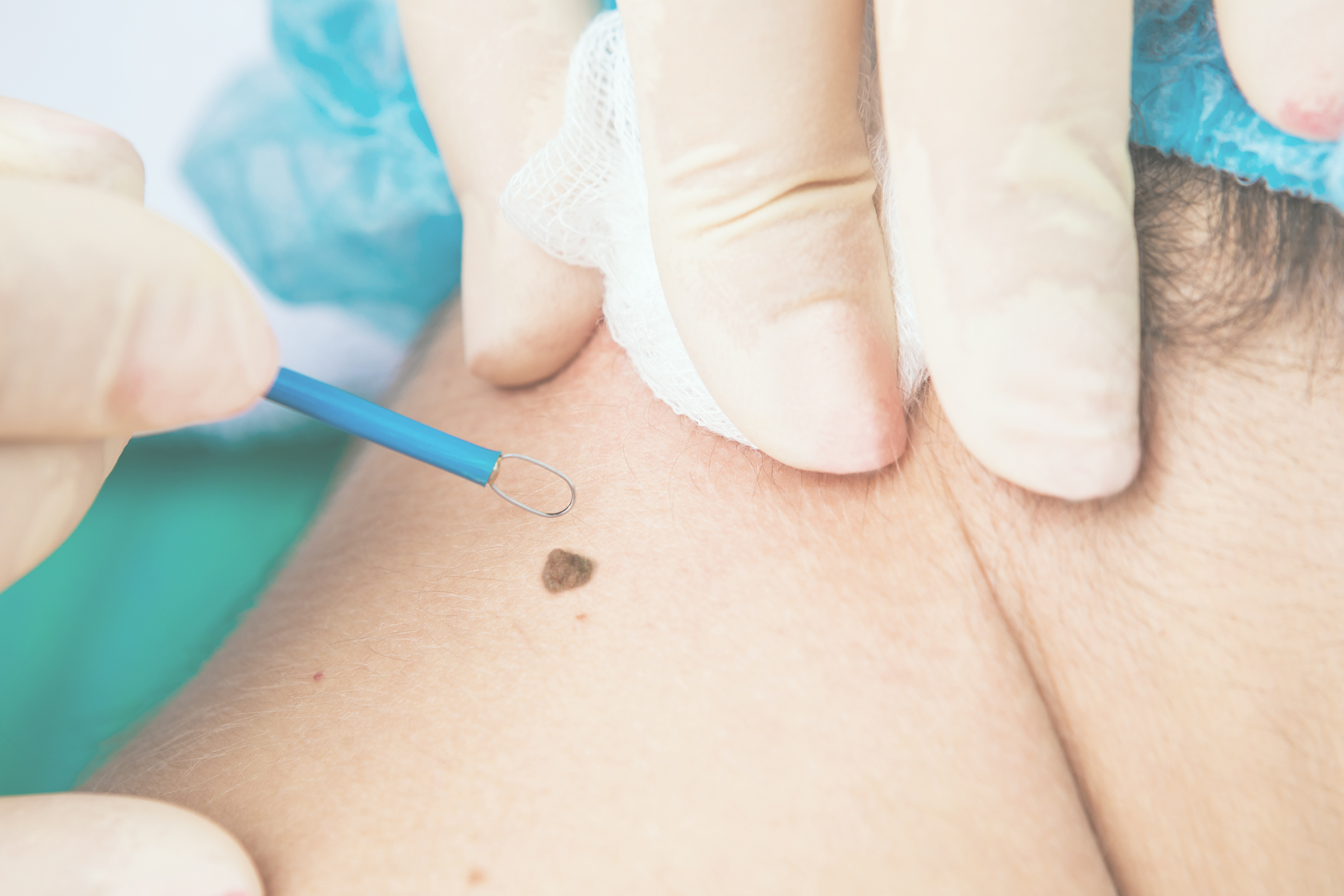How does skin cancer develop?
Skin cancer, these are malignant dark spots on our skin that appear suddenly. Right?
Skin cancer has many faces. The best known is malignant melanoma, also known as black skin cancer. There are also basal cell and squamous cell or prickly cell carcinomas, the so-called white skin cancer. Merkel cell carcinoma, dermatofibrosarcoma protuberans and Kaposi's sarcoma are less common. Detected and treated at an early stage, the chances of a cure for all types of skin cancer are now quite high, emphasizes the German Cancer League in its brochure "Skin cancer".
Who is particularly at risk?
Sowohl genetische Grundlagen als auch unsere Umwelt beeinflussen, wie hoch die Wahrscheinlichkeit ist, dass wir an Krebs erkranken.
Menschen mit heller Haut, rötlichen oder blonden Haaren, vielen Pigmentmalen und Sommersprossen sind stärker gefährdet. Gibt es in der Familie bereits Krebsfälle, erhöht sich das Risiko zusätzlich.
Sonnenbrände, besonders im Kindes- und Jugendalter, treiben die Wahrscheinlichkeit ebenso in die Höhe. Das Hautkrebsrisiko steigt um das Zwei- bis Dreifache an.
Wer seiner Haut mit Solariumsgängen zusätzlich zusetzt, steigert nicht nur die Bräune, sondern auch die Gefahr der Tumorenbildung. Es entsteht ein erhöhtes Risiko, an Hautkrebs zu erkranken. Und wessen Immunsystem geschwächt ist, sollte die Sonne dringlichst meiden.
In general, children and adolescents are at greater risk because their skin is still thin and has less callus. Athletes are also at risk because the film of sweat on the skin weakens the effectiveness of sun protection products.
Was macht die UV-Strahlung mit unserer Haut?
Few people are aware that a large proportion of skin cancers, whole 75 percentwould be preventable if we properly deal with the effects of the sun on our bodies. Three quarters of all skin cancer cases are caused by UV radiation, and we can protect ourselves against this with sunscreen, sensible clothing and an awareness of when it is better to stay in the shade.
Das passiert, wenn die Sonne auf unsere Haut trifft: UVA- und UVB-Strahlen dringen in die Schichten unserer Haut ein, lassen sie altern und zerstören sie.
Etwas detaillierter: Die Strahlen greifen das Erbgut in unseren Zellen an. Das kann dadurch so verändert werden, dass sich einzelne Zellen immer weiter vermehren, obwohl sie das nicht sollten – ein Tumor entsteht. Bis zu einem gewissen Grad kann unser Körper diese Zellen aufspüren und unschädlich machen. Aber eben nur bis zu einem gewissen Grad.
Anyone who exposes themselves to an overdose of UV radiation is punished with sunburn. And that's not banal. The skin swells, reddens, burns. Bubbles form. If you still do not pull the emergency brake, you risk that your skin will die off.
Detect skin cancer
Therefore, not only self-protection should be part of everyday life. Everyone can quickly and easily check for themselves whether the skin has changed. Skin cancer can be seen and felt, and most forms can be detected early. Look for changes, spots that appear suddenly, thickening, discoloration or lumps.
The German Cancer League names six signals to look out for:
- One pigment mark is significantly darker than all the others - colored brown-black or black. It clearly stands out from other pigmented paints.
- A pigment mark is irregular in shape and / or color.
- A pigment mark changes color, becomes lighter or darker.
- A pigment mark has already reached a diameter of 2 millimeters.
- After years of inactivity, a pigment mark suddenly grows visible again.
- You feel an existing or new pigment mark - for example because it burns, itches or even bleeds.
Share this post
About the author: Mariana Friedrich
Latest videos
- 12 minutes leg workout (no equipment)sam2019-11-28T21: 57: 46 + 00: 00
12 minutes leg workout (no equipment)
- 15 minutes high intensity full bodysam2019-11-28T21: 56: 38 + 00: 00
15 minutes high intensity full body
Join our mailing list today
Insider offers & flash sales in your inbox every week.
Error: Contact form not found.
Curabitur non nulla sit amet nisl tempus convallis quis ac lectus dolor sit amet, consectetur adipiscing elit sed porttitor lectus.



